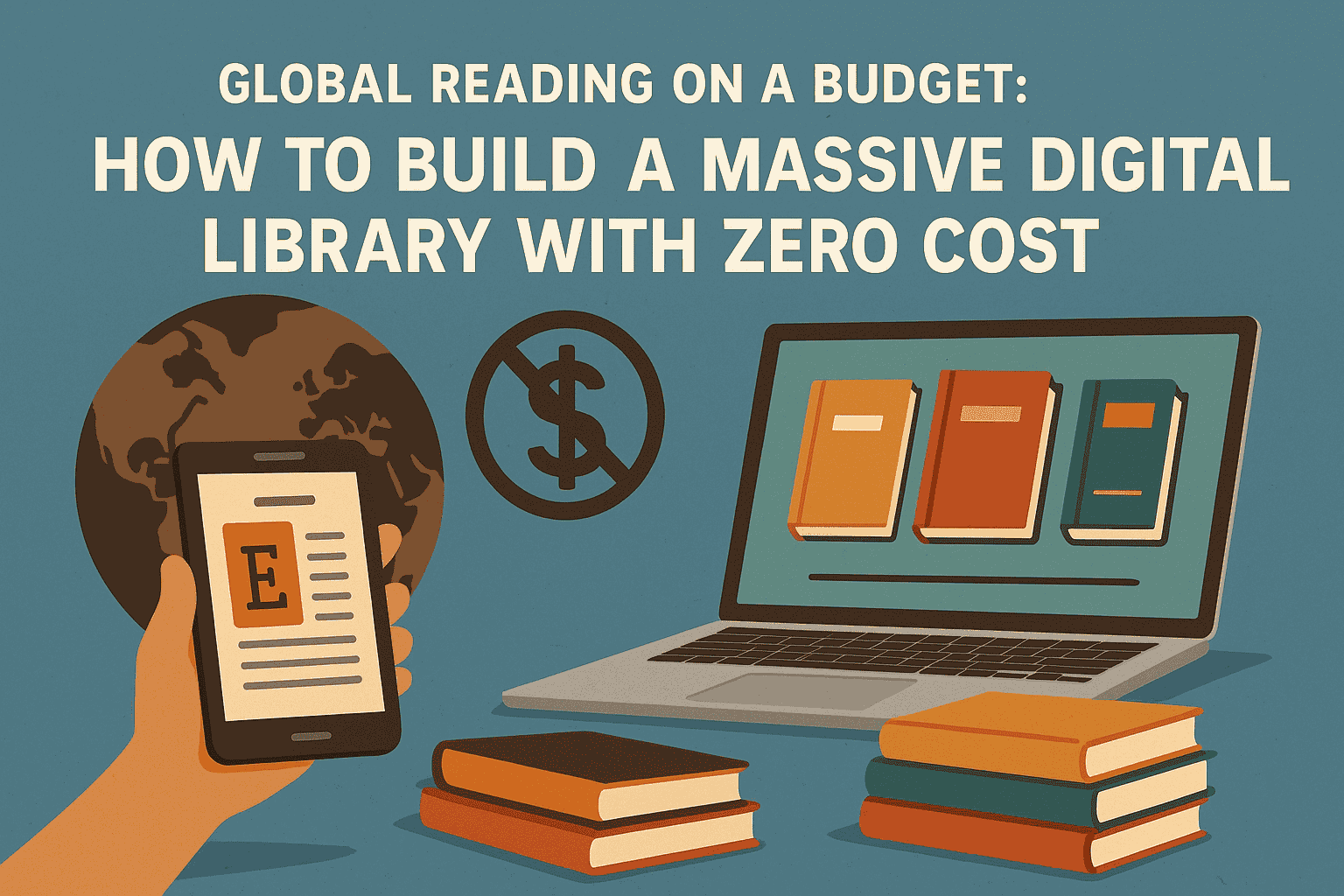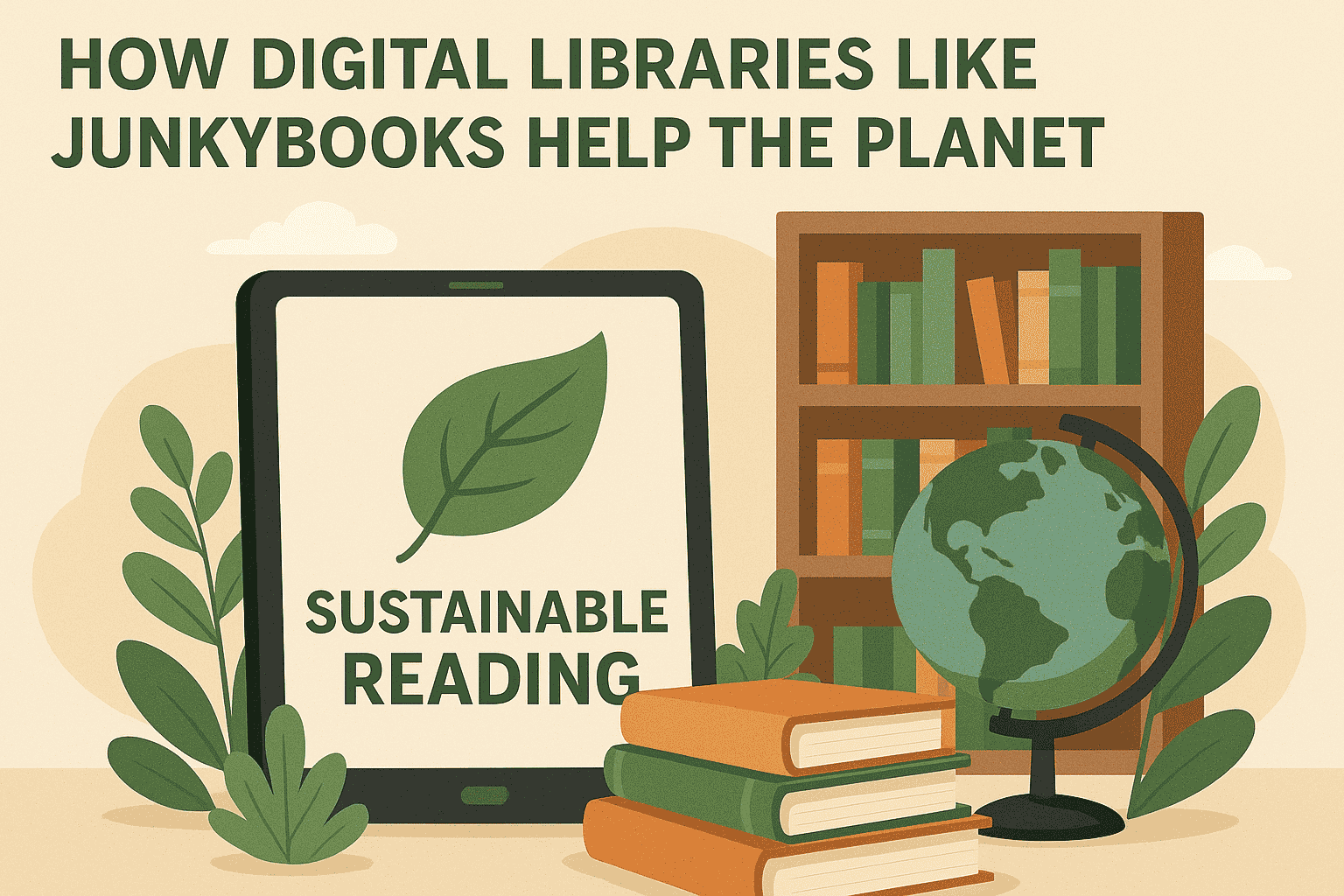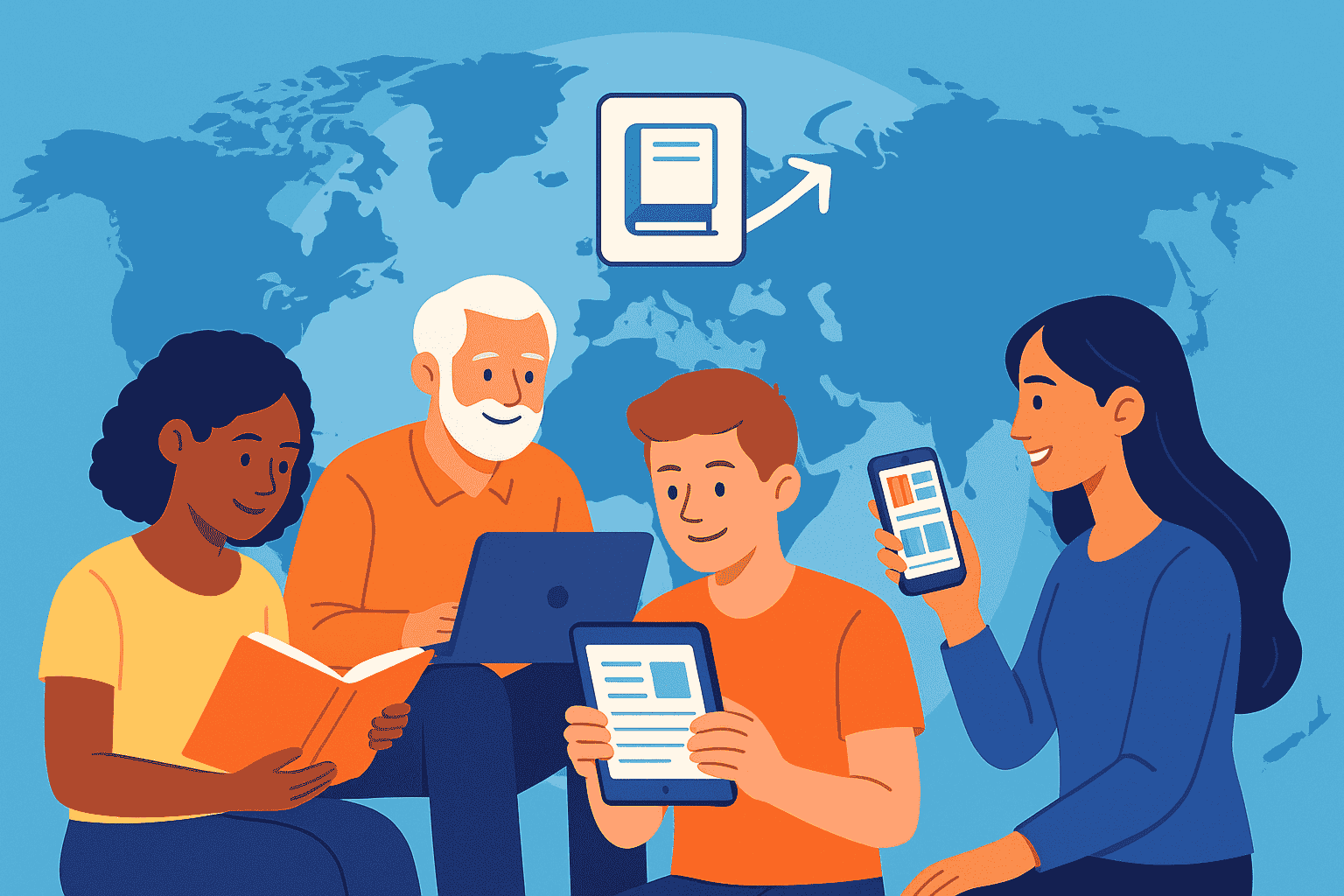The Role of Customer Experience in Driving Business Growth
In today’s competitive business landscape, customers have more options than ever before. They can easily compare products, read reviews, and switch brands with just a few clicks. In this environment, businesses that want to grow can no longer rely solely on product quality or pricing. The real differentiator is customer experience (CX).
Customer experience encompasses every interaction a customer has with a brand — from browsing a website to making a purchase, from speaking with support agents to unboxing a product. A positive experience can turn one-time buyers into loyal advocates, while a poor experience can drive them straight to competitors. This article explores why customer experience is central to business growth and how companies can harness it effectively.
Understanding Customer Experience
Customer experience is the sum of perceptions and feelings that customers develop through their interactions with a brand. It includes:
-
Ease of use: How simple it is to find, purchase, or use a product.
-
Customer support: The responsiveness and helpfulness of service teams.
-
Personalization: How well the brand tailors its communication and offers.
-
Emotional connection: The trust and loyalty built through consistent positive interactions.
A great product may attract customers initially, but it’s the overall experience that keeps them coming back.
Why Customer Experience Matters
Customer Loyalty and Retention
Acquiring a new customer is far more expensive than retaining an existing one. A positive experience ensures customers return, make repeat purchases, and contribute to steady revenue growth. Satisfied customers are also more likely to forgive occasional mistakes because they trust the brand.
Word-of-Mouth Marketing
Happy customers don’t just return — they also recommend brands to family, friends, and colleagues. In the digital age, recommendations often take the form of online reviews, social media posts, or testimonials, amplifying their influence. Positive word-of-mouth is one of the most powerful and cost-effective growth drivers for businesses.
Competitive Advantage
In crowded markets where products and prices are similar, customer experience becomes the deciding factor. A company that delivers consistently excellent service stands out and builds a reputation that competitors struggle to match.
Revenue Growth
Studies consistently show that businesses focused on customer experience see higher revenues. Customers are willing to pay more for better service, faster delivery, or personalized interactions. In other words, improved CX directly contributes to the bottom line.
Elements of a Strong Customer Experience
Seamless Interactions Across Touchpoints
Today’s customers interact with brands across multiple channels — websites, apps, social media, physical stores, and phone calls. A seamless experience across all touchpoints ensures customers don’t feel frustrated or disconnected.
Personalization and Relevance
Customers expect businesses to understand their preferences. AI-powered personalization allows brands to recommend products, tailor promotions, and craft communication based on individual behavior.
Speed and Convenience
In a fast-paced world, customers value speed. Quick responses to inquiries, fast shipping, and user-friendly interfaces all contribute to a positive experience.
Empathy and Human Touch
Technology enhances efficiency, but customers still crave human connection. Businesses that train their teams to listen empathetically, resolve issues respectfully, and show genuine care create strong emotional bonds with customers.
The Link Between Customer Experience and Business Growth
Increased Customer Lifetime Value (CLV)
When customers enjoy their experience, they buy more often and spend more per transaction. This increases their lifetime value — the total revenue a company earns from a customer over their entire relationship. Higher CLV means more sustainable growth.
Reduced Churn Rates
Churn, or the rate at which customers stop doing business with a company, is directly linked to experience. By improving CX, businesses reduce churn, maintain steady revenue, and avoid the costly process of constantly replacing lost customers.
Expansion Into New Markets
Satisfied customers often become brand ambassadors, introducing companies to new markets through referrals. Positive reviews and recommendations help businesses expand without the need for heavy advertising.
Greater Resilience During Challenges
Brands with strong customer relationships are better equipped to survive market downturns or crises. Loyal customers continue supporting them, providing a cushion during difficult times.
Strategies to Improve Customer Experience
Listen to Customers
Actively collect feedback through surveys, reviews, and social media monitoring. Listening shows customers their opinions matter and provides valuable insights for improvement.
Train Employees in Customer-Centric Culture
Employees are the face of the brand. Training them to prioritize customer needs, communicate effectively, and resolve issues quickly is essential for delivering consistent experiences.
Leverage Technology
Tools such as chatbots, customer relationship management (CRM) systems, and data analytics make it easier to personalize experiences, automate routine queries, and anticipate customer needs.
Optimize the Customer Journey
Map out the customer journey from awareness to post-purchase. Identify pain points where customers may feel frustration and work to remove them.
Reward Loyalty
Loyalty programs, exclusive offers, and personalized thank-you gestures reinforce positive experiences and make customers feel appreciated.
Examples of Businesses Excelling in CX
-
Amazon: Known for fast shipping, simple returns, and personalized recommendations, Amazon sets the standard for convenience and reliability.
-
Apple: By combining sleek product design with exceptional in-store support at Apple Genius Bars, the company has built a devoted customer base.
-
Zappos: Famous for its customer-first approach, Zappos has gone viral for stories of support agents going above and beyond to help customers.
Measuring Customer Experience
To improve customer experience, businesses must measure it. Useful metrics include:
-
Net Promoter Score (NPS): Measures how likely customers are to recommend the brand.
-
Customer Satisfaction Score (CSAT): Assesses satisfaction with a specific interaction.
-
Customer Effort Score (CES): Evaluates how easy it is for customers to complete an action.
These metrics provide data to track progress and identify areas needing attention.
Challenges in Delivering Great CX
While the benefits of customer experience are clear, implementing it effectively can be challenging:
-
Consistency across channels: Ensuring seamless experiences across multiple platforms is complex.
-
Balancing personalization with privacy: Customers expect tailored experiences but are also wary of data misuse.
-
Scaling empathy: Large businesses may struggle to maintain personal touches as they grow.
Future of Customer Experience
The future of CX will be shaped by emerging technologies and evolving customer expectations:
-
AI and Machine Learning: Predicting customer behavior and personalizing interactions at scale.
-
Voice Technology: Seamless experiences powered by voice assistants.
-
Omnichannel integration: Even more connected interactions across digital and physical platforms.
-
Sustainability: Customers increasingly expect brands to align with ethical and environmental values.
Final Thoughts
Customer experience is no longer a side consideration — it is the driving force behind modern business growth. Companies that prioritize CX see stronger loyalty, higher revenues, and greater resilience in the face of challenges.
By listening to customers, leveraging technology, training employees, and focusing on personalization, businesses can create experiences that set them apart from competitors. In a world where customers have endless choices, experience becomes the most powerful growth strategy.
For businesses aiming to thrive, the message is clear: put the customer at the center, and growth will follow.







